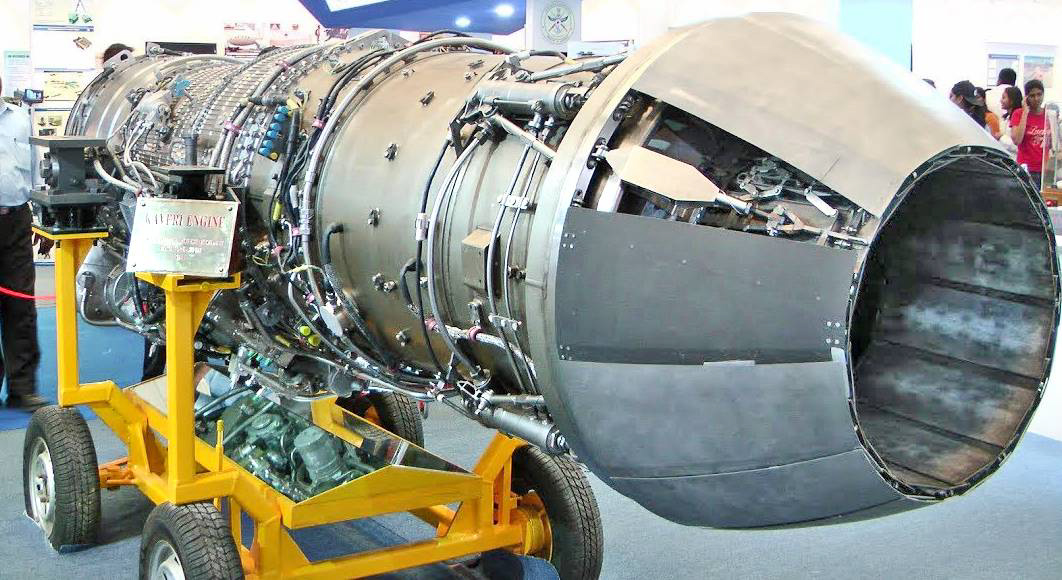SOURCE: IDRW.ORG


Hyderabad-based VEM Technologies’ Managing Director, V. Venkat Raju, has expressed strong confidence in the Indian private sector’s capability to develop the 120kN engine for the Advanced Medium Combat Aircraft (AMCA), while underscoring the need for government support in critical areas. Speaking at a recent panel discussion, Raju outlined the industry’s strengths, identified gaps, and provided insights into the budget, timeline, and strategic considerations for this ambitious project.
Raju highlighted the transformation of India’s aerospace industry, which has gained significant expertise in system engineering, system integration, and process automation. “The industry has developed a deep understanding of materials, expertise in building test equipment, and strong engineering capabilities,” he said, noting that VEM Technologies alone employs nearly 800 engineers across multidisciplinary areas. With advanced design and analytical tools, the industry can accelerate engine simulation, making development faster and more efficient.
On the manufacturing front, Raju emphasized India’s proficiency in precision manufacturing, enabling the production of components for global original equipment manufacturers (OEMs). The industry is also equipped to build specialized equipment and handle critical systems like fuel systems, which are integral to jet engines. “We have 40 years of experience producing reliable parts and have grown to handle complete systems,” he stated, affirming the private sector’s readiness to take on engine development.
While the industry is well-prepared, Raju acknowledged certain limitations. Testing, particularly high-altitude and critical test facilities, remains a challenge that requires government investment. Similarly, advancements in material science, crucial for engine development, need state-backed R&D support. “With government assistance in these areas, we can achieve truly indigenous development of an aircraft engine,” he said.
Echoing sentiments expressed by Air Vice Marshal Suresh Singh (Retd), Raju was skeptical about foreign collaboration for fighter engine development. “Strategically, no one will give true technology or a genuine co-development opportunity to Indian entities,” he asserted. While limited collaboration might address immediate tactical needs, Raju stressed that full technology transfer is unlikely, reinforcing the case for self-reliance.
Raju estimated that developing, productionizing, and scaling the AMCA engine would require an investment of ?12,000 to ?15,000 crore. He emphasized that producing sufficient numbers of engines is critical to justify the investment. On timelines, he projected a 10- to 12-year development cycle, with testing alone accounting for over five years. “Building an engine cannot happen overnight,” he cautioned, urging early policy-level decisions to kickstart the program.
Raju commended the government’s intent, particularly the Raksha Mantri’s push for indigenous engine development, but stressed the urgency of decisive action. “An early policy decision is critical to set the development process in motion,” he said, warning that delays at the planning stage could derail the project.
NOTE : Article cannot be reproduced without written permission of idrw.org in any form even for YouTube Videos to avoid Copy right strikes. Websites doing illegal reproductions will get DMCA and Legal Notices.